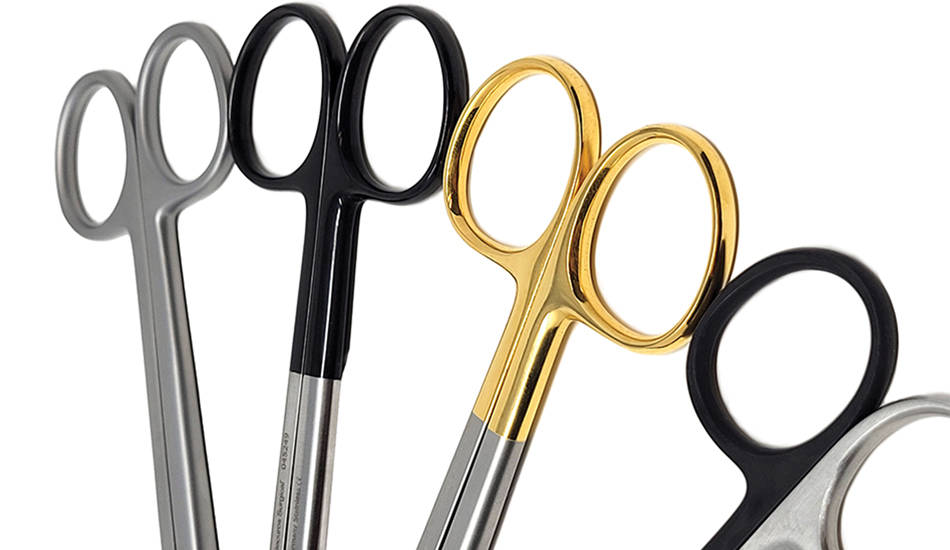Which Of The Following Decontaminates And Sterilizes Surgical Instruments

Sterilizing surgical instruments is one of the most critical steps in healthcare practices. Proper sterilization prevents the transmission of infections, ensuring patient safety and complying with health standards. In this guide, we’ll explore the importance of sterilization, the methods used to sterilize instruments, and how these techniques help protect patients and maintain high standards in healthcare facilities.
What is Decontamination and Sterilization?
To understand the sterilization process, it’s essential to know the difference between decontamination and sterilization:
- Decontamination: This is the process of removing or reducing pathogens on a surface, making it safer to handle.
- Sterilization: Unlike decontamination, sterilization is a process that completely eliminates all forms of microbial life, including bacteria, viruses, fungi, and spores.
Both are vital in medical settings, but only sterilization can ensure instruments are entirely free of harmful pathogens, making it a non-negotiable step before any surgical procedure.
Difference Between Decontamination and Sterilization
While both processes aim to make instruments safe, they’re used for different purposes. Decontamination reduces microbes to a safe level, making an item easier to handle or prepare for further cleaning or sterilization. Sterilization, on the other hand, aims to eradicate all microorganisms, ensuring absolute safety for direct patient contact. This distinction is key for healthcare providers to determine the necessary level of sanitation for different procedures.
Why is Sterilizing Surgical Instruments Crucial?
The sterilization of surgical instruments is more than just a protocol; it’s a life-saving measure. Surgical instruments, if not properly sterilized, can carry bacteria, viruses, and other harmful pathogens into a patient’s body, leading to serious infections. Effective sterilization:
- Prevents infections: Surgical site infections (SSIs) are a significant risk if instruments aren’t sterile.
- Meets regulatory standards: Health agencies mandate sterilization procedures to maintain quality and safety in healthcare.
- Protects patient and healthcare worker health: Proper sterilization ensures a safe environment for both patients and staff.
Common Methods of Sterilizing Surgical Instruments
Sterilizing surgical instruments involves several reliable methods, each with specific applications depending on the instrument type and material. The most common methods include autoclaving, dry heat sterilization, ethylene oxide (ETO) gas, hydrogen peroxide plasma, and chemical sterilization. Choosing the correct method depends on various factors, including the instrument’s material and how heat-sensitive it is.
Autoclaving (Steam Sterilization): The Gold Standard
Autoclaving is the preferred method for most surgical instruments due to its effectiveness and efficiency. It involves exposing instruments to high-pressure saturated steam at temperatures between 121-134°C for a set time. Autoclaving effectively kills all microorganisms, including the toughest spores. However, it’s primarily used for heat-stable instruments, as high temperatures can damage more delicate items.
Advantages:
- Highly effective against all types of pathogens.
- Quick processing time.
- Widely used and regulated.
Limitations:
- Not suitable for heat-sensitive instruments.
- Requires a reliable power source and proper training to operate safely.
Dry Heat Sterilization: The Alternative for Heat-Stable Instruments
Dry heat sterilization uses high temperatures to sterilize instruments, typically ranging from 160-180°C. It’s a slower process than autoclaving and is primarily used for instruments that can withstand heat without becoming damaged. Unlike autoclaving, it doesn’t rely on moisture, making it a good choice for items that could rust or corrode if exposed to steam.
When to Use Dry Heat:
- Suitable for metal and glass instruments that tolerate high temperatures.
- Often used in smaller facilities without autoclave access or for specific tools like scalpels and glass syringes.
Ethylene Oxide (ETO) Sterilization for Sensitive Instruments
ETO sterilization is a low-temperature gas process ideal for heat- and moisture-sensitive instruments. Ethylene oxide gas is a powerful sterilant that can eliminate all microorganisms, including spores. It’s widely used in medical settings for items like plastic syringes, optical equipment, and other delicate instruments.
Pros of ETO Sterilization:
- Effective for temperature-sensitive items.
- Ensures sterility without moisture, making it ideal for electronics and certain plastics.
Precautions:
- ETO is toxic and requires careful handling.
- Instruments need aeration post-sterilization to remove any residual gas, adding time to the process.
Hydrogen Peroxide Plasma Sterilization: The Modern Solution
Hydrogen peroxide plasma sterilization, often called low-temperature sterilization, is increasingly popular for its effectiveness with delicate materials. This method uses a combination of vaporized hydrogen peroxide and plasma to sterilize instruments at low temperatures. It’s fast, environmentally friendly, and safe for heat-sensitive items, making it ideal for complex equipment and some plastic items.
Benefits:
- Quick sterilization cycle.
- Safe for heat-sensitive materials and delicate instruments.
- Doesn’t leave any toxic residue.
Limitations:
- Expensive equipment.
- Limited effectiveness on heavily soiled items or dense packaging materials.
Chemical Sterilization: The Liquid Approach
Chemical sterilization uses liquid sterilants, typically a high-level disinfectant, to immerse instruments in a sterilizing solution for a designated period. While not as common as other methods for surgical instruments, chemical sterilization is useful for items that can’t withstand high temperatures.
Types of Chemical Sterilants:
- Glutaraldehyde: A strong disinfectant but requires thorough rinsing.
- Peracetic acid: Known for effectiveness against a wide range of microbes.
Effectiveness and Limitations:
- Good for delicate instruments that can’t handle heat.
- Requires post-sterilization rinsing to ensure no chemical residue remains.
Choosing the Right Sterilization Method
The selection of a sterilization method depends on several factors:
- Material sensitivity: Heat-stable items can be autoclaved, while heat-sensitive items may need ETO or hydrogen peroxide plasma.
- Turnaround time: Autoclaving is fast, while ETO requires aeration.
- Instrument usage: High-frequency use items often use quick methods like autoclaving for rapid turnover.
Sterilization Quality Control
Ensuring the sterilization process is successful involves monitoring and quality control. Techniques like biological indicators (testing for spore elimination) and chemical indicators (color-changing strips) verify the efficacy of sterilization. Regular monitoring is critical for maintaining safety and compliance in healthcare settings.




